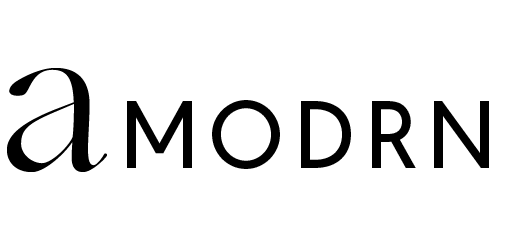There’s a fine line between informing and overwhelming a consumer while they peruse the ingredients list of a clean beauty product. How does a brand define clean beauty? Can a brand guarantee the ingredients in its products are clean? Yashi Shrestha, Director of Science & Research for Novi Connect dives deep into the retailer banned list and how to create your own RSL. Globally, the clean beauty market is estimated to reach $22 billion by 2024, motivated by a growing consumer base focused on ethical and environmental concerns. To meet this demand, some major beauty retailers offer standards and guidelines on how to be more “clean,” especially in vetting the ingredients that go into beauty products. For example, Sephora’s Clean + Planet Positive policy includes a Restricted Substances List (RSL), a list of banned ingredients brands must avoid to maintain the seal.
However, the Food and Drug Administration (FDA) has yet to define claims like clean or cruelty-free, leaving the beauty industry to steer a largely self regulated ship. However, this poses as an opportunity; brands have the autonomy to adhere to standards they care about, and even create their own “banned” list— developing a deeper customer relationship by keeping them informed. Keep reading to learn more about the most commonly banned products across retailers from Novi’s Director of Science & Research,, Yashi Shrestha.

Here’s What Ingredients Are Most Commonly Banned Across Retailers
Below is the list of the most commonly banned ingredients across such retailers.
- Benzophenone ingredients: Chemicals that prevent UV light-related changes to scent and color, and keeps lip balms and nail polishes colorful. It’s also added to perfumes for its notes of sweetness. Why they’re banned: These chemicals are linked to hormone disruption, organ toxicity, and cancer.
- Butylated ingredients: Man-made preservatives and stabilizers that extend the life of a product, and can be found in eyeshadows and lipsticks. Also known as butylated hydroxyanisole (BHA) and butylated hydroxytoluene (BTA). Why they’re banned: These preservatives have been linked to hormone disruption, liver and kidney damage, and cancer.
- Ethoxylated ingredients: What they are: Sulfates and polyethylene glycols (PEGs) are responsible for the bubbles and rich lather that products like shampoos can create. Additionally, they are used as emulsifiers and humectants. Why they’re banned: The manufacturing process produces toxic byproduct 1,4-Dioxane, a forever chemical linked to cancer.
- Formaldehyde (and formaldehyde-releasing): What it is: One of the oldest preservatives used in beauty products, known for helping hair lock into a straighter position during keratin hair treatments. Why it’s banned: Regular exposure can lead to sore throats and nosebleeds. Also known as a human carcinogen linked to cancer.
- Hydroquinone: A topical bleaching agent used in skin lightening and hyperpigmentation treatments to alter skin color and appearance. Why it’s banned: This bleaching agent has been linked to allergies, immune responses, and cancer.
- Mineral oil: A petroleum-based moisturizing agent, often found in face creams and lip balms. Why it’s banned: Found to be the largest accumulated contaminant in the human body. A 2019 study also raises flags on its environmental impact, as accumulated mineral oils clog pores in the soil, making them less permeable to water and air.
- Oxybenzone: A chemical compound that’s effective at blocking harmful UVA and UVB rays from being absorbed in the skin. Commonly found in most drugstore sunscreen products. Why it’s banned: Oxybenzone has been linked to hormone disruption and skin irritation.
- Parabens: Preservatives and antimicrobial chemicals that prevent bad bacteria and molds from growing in products. Why they’re banned: These chemicals have also been linked to hormone disruption, reproductive issues, and skin irritation.
- Phthalates: Chemical binding agents that improve the aesthetics and form of a product, like making fragrances last longer and keep nail polish and hair spray pliable. Fragrances don’t have to be disclosed because they are considered trade secrets, meaning phthalates often go undisclosed as well. Why they’re banned: Phthalates have been linked to hormone disruption and reproductive issues.
- Triclosan: A stabilizer consisting of antibacterial and antimicrobial chemicals that prevent bad bacteria and mildew from growing. Can be found in hand sanitizers, body soaps, and mascaras. Why it’s banned: While this ingredient is understood to usually stabilize or elevate a product, adding triclosan to over-the-counter (OTC) hand sanitizers wasn’t found to be more effective than good old soap and water. The FDA took action in 2019 to ban it from OTC hand sanitizers stating that it did not provide a benefit to human health. It’s been linked to hormone disruption, liver fibrosis, skin cancer, and the growth of superbugs.
- Tricloban: An antimicrobial agent similar to triclosan. Why it’s banned: Similarly, it hasn’t been found to improve or benefit the sanitization effect of products compared to washing with soap and water. It’s linked to hormone disruption and organ toxicity, and is known to accumulate in the environment, including soil, air, and water.



